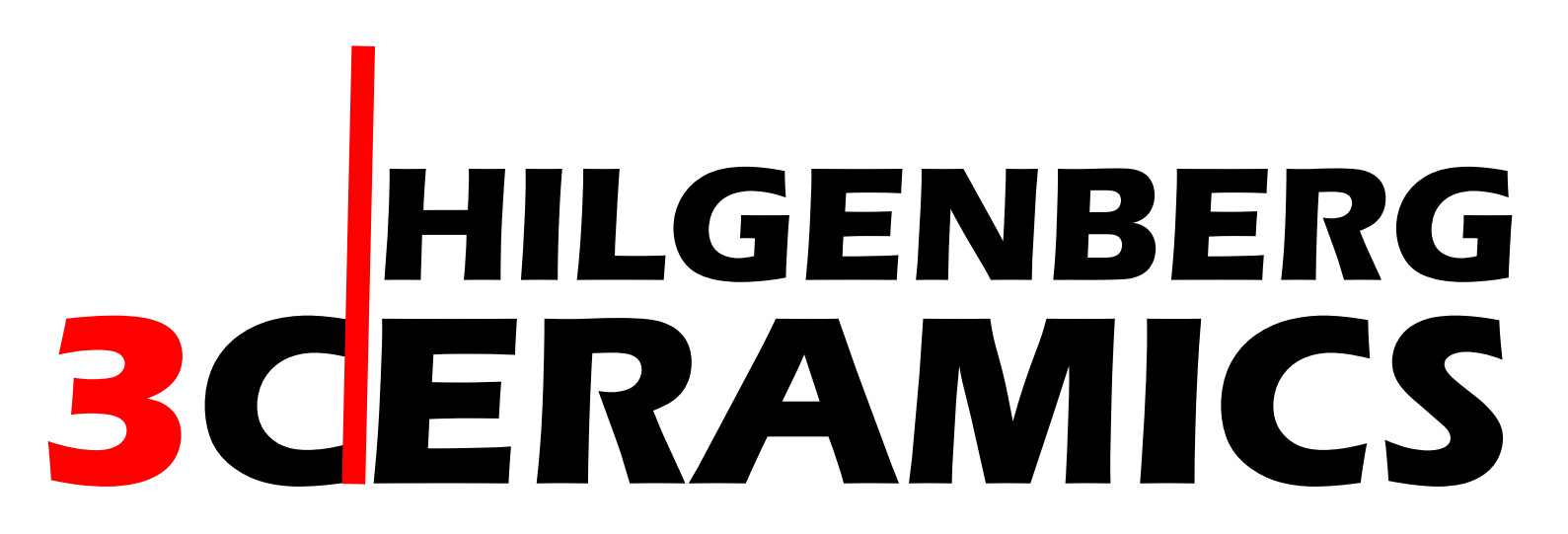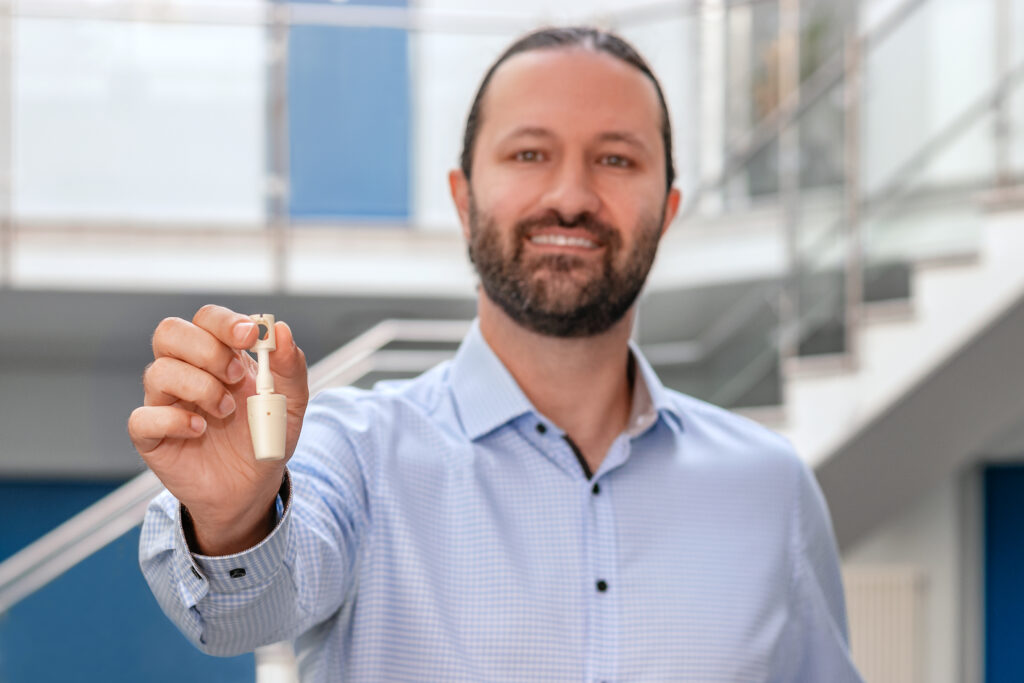Die Präzision einer Messung ist abhängig von der Qualität der im Messsystem verbauten Komponenten. Vor allem in der Forschung und der Qualitätskontrolle sollte daher darauf geachtet werden, dass die eingesetzten Systeme eine ausreichende Messschärfe aufweisen. Ist dies nicht der Fall, verlieren Forschungsergebnisse an Aussagekraft und es entstehen erhöhte Schwankungen in der Produktqualität.
Im vorliegenden Fall wurde für einen Kunden im Bereich Laboranalytik eine Tiegelbaugruppe aus Aluminiumoxid entwickelt und gefertigt, die hochpräzise Absorptionsmessungen im Bereich der thermogravimetrischen Analyse (TGA) ermöglicht. Die Baugruppe setzt sich aus dem Tiegel selbst, einem Deckel und einer Aufhängung zusammen. Für die Aufhängung sind zwei Längen für verschiedene Ofentypen erhältlich. Der Tiegel fasst bis zu 25g Probenmaterial.
Neben dem Tiegel sorgt eine berührungslose magnetische Aufhängungskupplung dafür, dass Massenänderungen innerhalb der Messzelle präzise ermittelt werden. Die Lastentkopplung ermöglicht das Tarieren oder Kalibrieren des Messsignals in der Nullpunktstellung für langfristige, driftkompensierte Messungen. Mit diesem Aufbau sind Messungen mit bis zu einem 1µg Genauigkeit bei Temperaturen von bis zu 1500 Grad Celsius und unter bis zu 50 bar Druck möglich.
Doch warum wurde dieser Artikel aus Keramik und mittels 3D-Druck hergestellt?
Die Stärken der Keramik in der Laboranalytik
Keramische Komponenten haben in der Laboranalytik einen besonderen Stellenwert, vor allem bei Anwendungen, die hohe Temperaturen erfordern und in chemisch aggressiven Milieus stattfinden. Beides ist der Fall bei Analysen in der Gravimetrie. Zudem ist die Keramik chemisch inert und verhindert somit jegliche Reaktionen mit anderen Substanzen, auch unter extremen Bedingungen. Dies ist von entscheidender Bedeutung, um genaue Messungen und Analysen zu gewährleisten, da chemische Reaktionen Messergebnisse verfälschen könnten.
Warum 3D-Druck?
Standardtiegel werden aufgrund ihrer einfachen Geometrie oftmals direkt gepresst oder mittels CNC-Fräsen hergestellt. 3D-Druck wird dann relevant, wenn durch die gewonnene Konstruktionsfreiheit komplexe Geometrien mit deutlich verbesserter Performance hergestellt werden können.
Die Herstellung des vorliegenden Tiegels im 3D-Druck bietet eine Reihe von Vorteilen gegenüber der konventionellen Herstellung durch CNC-Fräsen:
- 3D-Druck ist ideal für das komplexe Design, welches eine Innenbohrung für die Aufhängung, Mikrobohrungen an der Unterseite des Tiegels und sehr dünne Wandstärken beinhaltet
- Einige Stellen der Baugruppe sind für die Press- bzw. CNC-Fertigung schlicht unzugänglich. Eine konstruktive Anpassung wäre zwar möglich, jedoch auf Kosten der Funktionalität
- Es handelt sich um Spezialanfertigungen mit geringen Stückzahlen. Eine Einrichtung für Pressen bzw. CNC-Fräsen ist bei geringen Stückzahlen sowohl aufwendiger als auch mit höheren
Lieferzeiten verbunden. Hier punktet der 3D-Druck durch seine Flexibilität
Auf unserer Homepage unter www.hilgenberg-ceramics.de/news/ stellen wir Ihnen regelmäßig Anwendungen vor, die die vielen Vorteile des Verfahrens in der Prototypen- und Kleinserienfertigung zeigen. Bei Interesse können Sie uns jederzeit per E-Mail oder telefonisch erreichen. Fordern Sie uns heraus!

